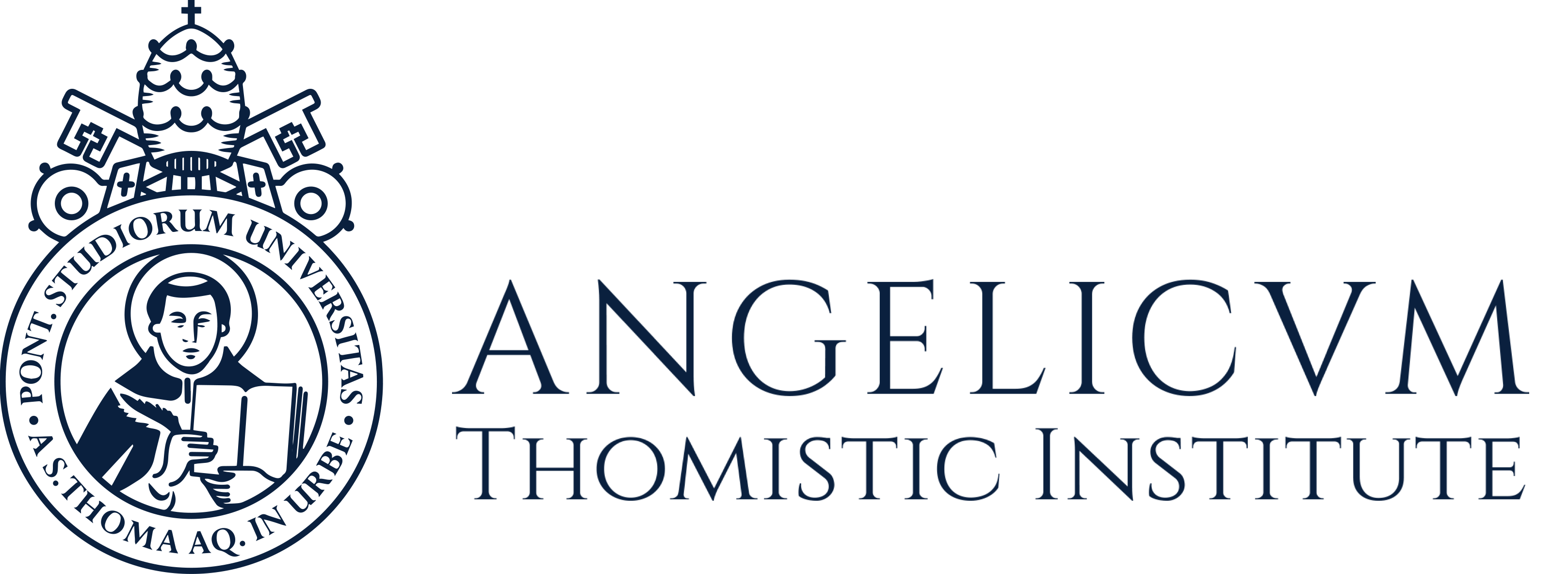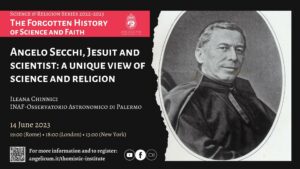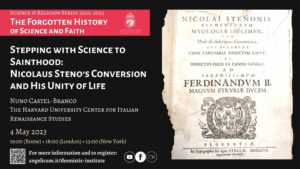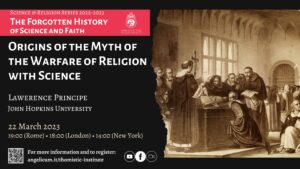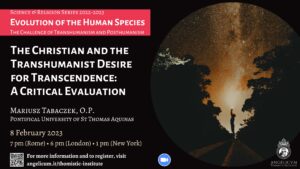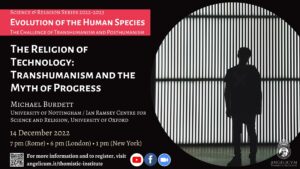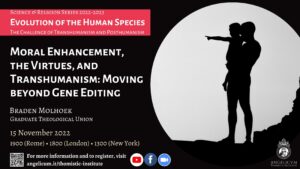Gerbert of Aurillac: Pope and Scientist
Constantino Sigismondi
Contract Professor in Rome Universities: Sapienza, Unicampus and APRA, Professor of Physics in Alessandro Volta Institute of Rome
A passionating history, which has be seen as the ideal self-made man, or the genius prevailing against all odds.
Reliably Gerbert was noble and cadet, monk and mathematical genius, so he could move from Aurillac to Catalunya around 969, were he met the mozarabic science world and developed some original algorithms either in mathematics and in music, as in the treatises on the Abacus and on the Orgue’s tubes lengths, written in Reims where he was called as scholarch since 972 by Archbishop Adalbero. In 991 he become Archbishop of Reims after the discussed deposition of Arnulf. Pope John XV did not accept such deposition and Gerbert went to the court of the young Emperor Otto III to be his teacher. He encouraged the election of Bruno of Carinthia, Gregory V, cousin of Otto III, to strengthen the relationship between Church and Empire. Gregory moved the exiliated archbishop Gerbert from Reims to Ravenna, and his sudden death in 999 determined the election of Gerbert to the Roman Pontificate. Never before such a prominent scholarly figure, renowned in all Europe for his science, become Pope (999-1003). During his papacy the young Emperor died in January 1002 and the political situation in Rome remained in strong tension, but respected the wise Pope.
The historiography on Gerbert assumed some mithological elements due to the uncommon genius, until 1640, after Baronius, when the Polish Dominican Bzovsky wrote a first biography based on his works and letters. In XIX century his mathematical works were reviewed by Bubnov and in XX century his music works come out thanks to Sachs. The astronomy of Gerbert was known and studied as well, and his Epistolarium edited in several languages (Pratt Lattin in English, Pierre Riché in French, Panvini Carciotto in Italian). Flavio Nuvolone in Switzerland promoted the studies on Gerbert of Aurillac since 1983 to his death 2019: they are in the books in Italian “The Number and The Cross” (2012) and “From Gerbert to Sylvester II” (2013), were he was able to decodificate the underlying text in the Carme Figuratum, about the first introduction in Europe of Hindu-Arabic numbers, by Gerbert.
